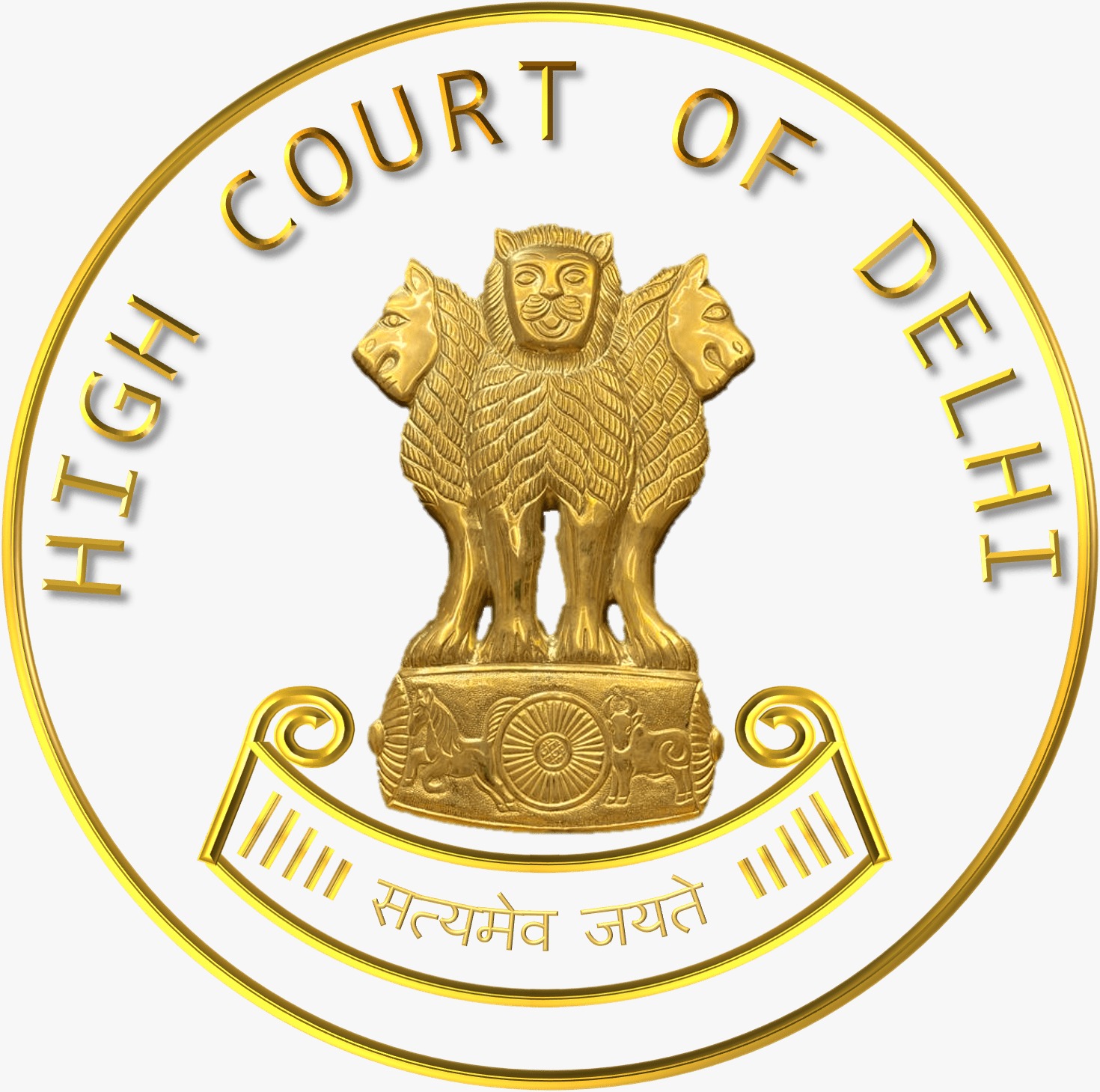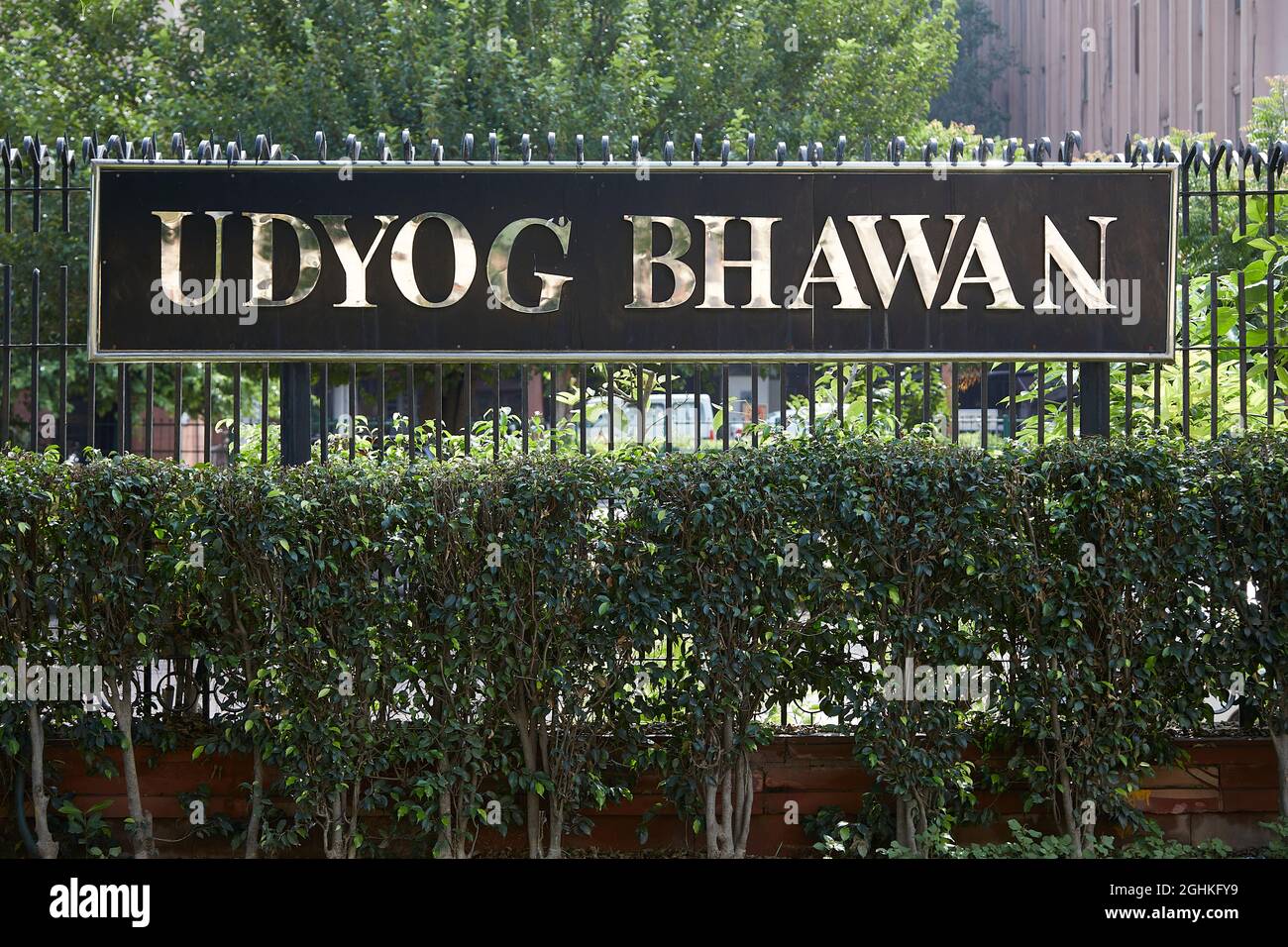Arijit Pasayat, J.@mdashLeave granted.
2. Challenge in these appeals is to the judgment rendered by a Division Bench of the Karnataka High Court allowing the writ appeal filed by the respondents setting aside the order of dismissal by learned Single Judge in the writ petition filed.
3. The background facts in a nutshell are as follows:
An examination was held by the appellant-Karnataka Power Corporation Ltd. (hereinafter referred to as the ''Corporation'') for the purpose of selecting persons for the post of Assistant Accounts Officers. The said examination was held on two dates i.e. on 29.08.1991 and 30.08.1991. The result was declared on 19.12.1991. Twelve persons were declared successful in the said examination and by a circular dated 19.12.1991 respondent M.R. Somashekhar was promoted to the post of Assistant Accounts Officer. Similar was the case with respondent A.T. Chandrashekhar. Some time after the date of promotion, allegations were made that the Chief Examiner had allowed some of the candidates to write the examination papers at his house. On this allegation the Corporation decided to call for re-examination. The Managing Director initially did not agree with the suggestions. But he found substance in the allegation that the Chief Examiner purportedly made "test check" and added more marks in the case of some candidates. The papers were sent for valuation to the Department of Commerce and Management, Bangalore, University. On the evaluation done by the Department of Commerce and Management, Bangalore University, it was noted that the respondents had secured less marks than the required qualifying marks. Ultimately by circular dated 23.10.1993 Corporation deleted the names of the concerned respondents by publishing revised results. In the ultimate result 12 candidates were declared successful. Four persons were found unsuccessful on the basis of marks found on revaluation though at the first instance they were found successful. Challenge was made by Respondent M.R. Somashekhar and respondent A.T. Chandrashekar by filing writ petitions. Both the writ petitions were dismissed by learned Single Judge. Writ Appeals were filed before the Division Bench. The prime stand in the writ appeals was that the decision of the Corporation to send the papers for valuation to the Department of Commerce and Management was unauthorized. It was also their stand that the only person qualified to evaluate the papers was the Chief Examiner of the Corporation and subordinates to him and there was no provision in the applicable rules to get the papers evaluated by a third party, which in the present case was Department of Commerce and Management of Bangalore University. The High Court allowed the Writ appeals. It was concluded that on evaluation by different evaluators there is scope for marginal difference. The same cannot be a ground to hold that the first evaluation was wrong. It was held that there may be permissible limit of variation up to 5 marks which are to be ignored in the absence of allegation of malpractice on the part of the candidate or any fraud or irregularity in the examination or at the time of re-valuation. The High Court found that this was not a case where large number of candidates were involved, and allegation of mass copying cannot be made as this was a case of test check.
4. The Corporation in its appeal has questioned the judgment of the High Court on basically three grounds regarding the following exclusions i.e. (1) Candidates were not given independent hearing before sending the papers for revaluation. (2) When malpractice is not proved Corporation cannot send the papers for revaluation. (3) In re-valuation variation up to 5 marks is permissible and such variation can be ignored.
5. Learned Counsel for the respondents submitted that a comparison of the marks shows that the evaluation, as originally done, does not suffer from any marked difference. Therefore, the High Court was right in its conclusion. It is noted that in the case of respondent A.T. Chandrashekar, he had failed in the examination, even on original evaluation, as he had secured 26.5 marks which are well below the qualifying marks i.e. 40 marks. The valuation by the Chief Financial Controller (Evaluation) had no semblance of reliability and credibility. In one case it is found that the person who had failed in the original evaluation was declared to have passed in the revaluation. In sharp contrast was another case where the marks were much less. Ultimately the question is one of fairness and accuracy in evaluation.
6. In the case of one Hanchinamuth, the variation in two papers were 33 and 46 in paper 2 and 26 & 40 in paper 3. Similar was the position in respect of some other candidates. It is not a question whether there is increase or decrease and as noted above, the ultimate question is whether there was any rationality in the evaluation. Though it was really not a case of mass malpractice, the Corporation only undertook revaluation as the Chief Examiner had conducted test checks resulting in wide variation of marks without any justifiable reasons.
7. The principles applicable to mass malpractice are equally applicable to such cases where it is found that the variations even in test checks results in considerable change in the marks. That forms the basis for testing correctness of the allegations. The High Court, therefore, was not justified in holding that (a) respondents were entitled to notice before sending the papers for revaluation or that (b) the direction for revaluation was unauthorized. The Corporation was acting on the basis of allegations of malpractice which as later events proved was not wrong. In
8. The High Court''s conclusions are indefensible and are set aside. The appeals are allowed. No costs.

